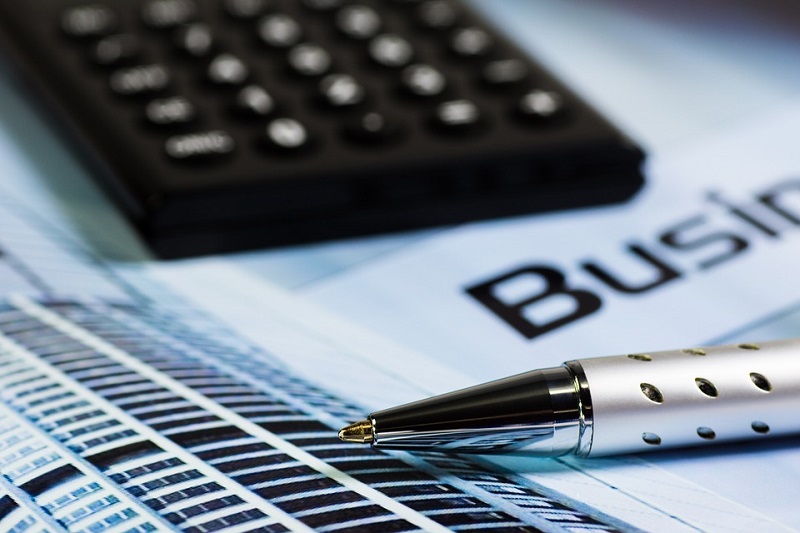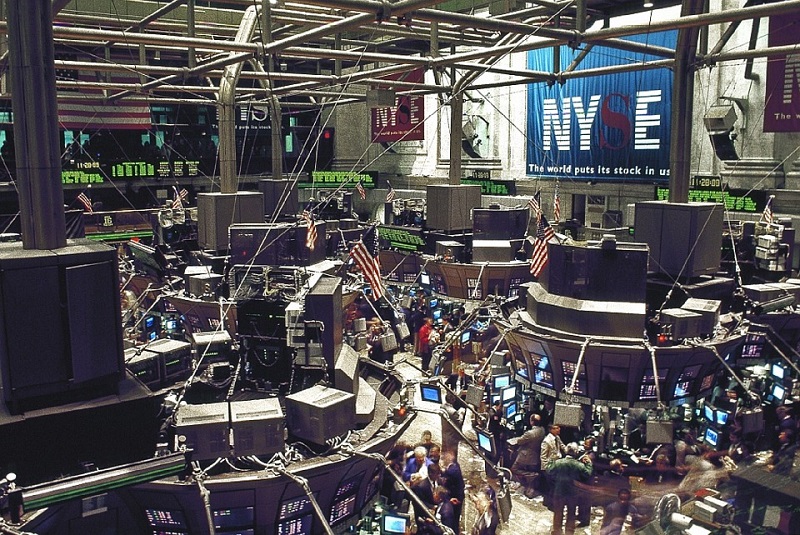In all honesty, every business on the planet is worried about health and safety. And, they have a good reason. One small mistake could lead to a plethora of employee lawsuits and compensation agreements. You don’t need to tell that this money can cripple a firm depending on its liquidity. Obviously, you want to avoid this scenario at all costs.
Fortunately for all of the business owners out there, you can. In fact, you can do it with a few simple tips. No one needs to break the bank or get creative – you just have to look at the following.
Sweat The Small Stuff
Normally, you would look at the big details and analyze how they affect your company. With regard to health and safety, it is the other way around. It is the small stuff that makes the difference because the big things are obvious. The small things are not obvious, and they come back to bite you on the ass. A trip, for example, is almost always down a seemingly insignificant detail.
The stairs might lack friction and need stair treads or the floor might be wet and need a sign. Either way, they are two big contributors to health and safety breaches. Sweat the small stuff and it will pay off big.
Act Quickly
No one is expecting you to spot every single hazard in the workplace. You are only human, which means you will make mistakes. But, you have to act decisively when you do come across new dangers. Otherwise, you run the risk of someone injuring themselves at work. Acting quickly doesn’t mean you have to fix the problem straight away, but it does mean you have to protect your workforce.
It could be that you put up a simple sign warning people to stay away from an area. Or, you could cordon off a section of the office to avoid any undue harm. As long as everyone is safe, you can take care of it the next day or the day after.
Understand Your Employee’s Mindset
Your employees are the ones that tend to trigger an accident. They will trip or fall, and then the hazard becomes apparent. The key is to stop them from tripping or falling, which means you need to understand their behavior.
- A clever employer asks questions like, what drives their actions?
- Why do they behave in such a manner?
When you understand their motives, you can base your protocols around their behavior. Then, you should be able to limit the hazards by visualizing them before they occur.
Risk Assess
Risk assessments are vital if you want to maintain a high level of safety. Sure, everything in the workplace might be safe now, but what happens when you add a new addition?
The odds are that the new addition could be dangerous. To find out, assess it before it becomes a part of the company. Anything that seems too dangerous needs to be omitted so that it doesn’t cause any harm in the future.
Ensure All Employees Are Certified
It is important to note that certain professions require certifications in order to perform their job duties safely. For example, those who work with hazardous materials must be trained and certified in all of the safety protocols associated with them, such as personal protective equipment (PPE) and emergency response. Ensuring that all employees have the proper certifications can save a company from potential lawsuits or fines.
Update Policies and Procedures

As new laws, regulations, or risks arise in the workplace, policies, and procedures should be updated to reflect them. These updates should include any changes to safety protocols as well as rules for employees related to health and safety matters.
Inspect The Workplace
Regular inspections of the workplace should be conducted to identify any potential hazards or risks that may have gone unnoticed. This inspection should include looking for any damaged equipment, checking for faulty wiring, assessing air quality, and identifying any areas where safety protocols are not being followed.
Invest In Safety Equipment
Having the right safety equipment is essential for a safe workplace. This includes items such as fire extinguishers, smoke detectors, personal protective equipment (PPE), and any specialized safety gear that may be needed depending on the type of work being performed.
Reporting System
A reporting system should also be in place to allow employees to report any potential hazards or risks they may come across. This can help to identify potential risks before they become a major problem.
Final Words
These are just some of the steps that should be taken in order to ensure a safe workplace for all employees. Regularly revisiting these steps and updating policies and procedures is necessary for any business to maintain a high level of safety and protect its workforce from harm.

















